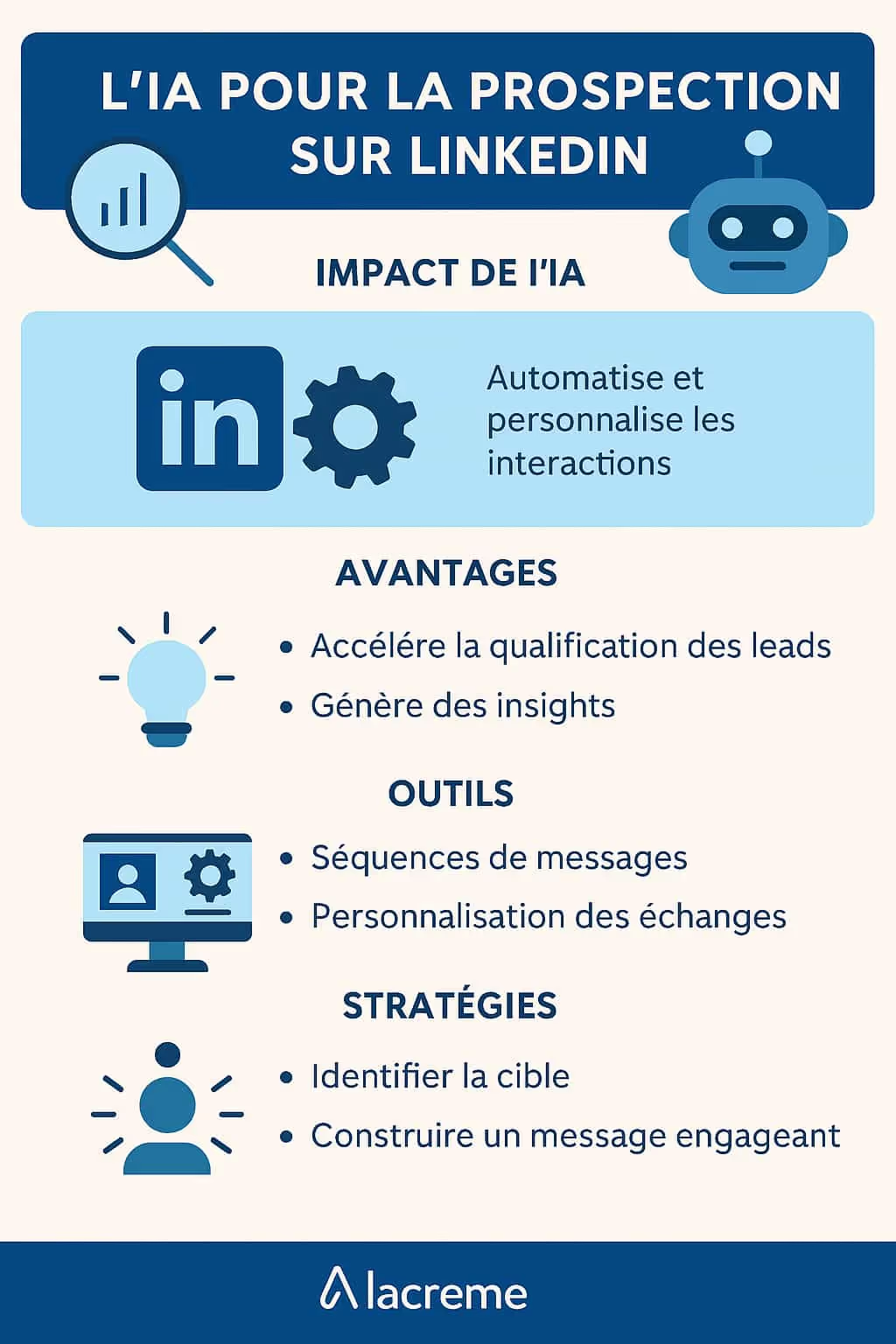Understanding the impact of artificial intelligence on food delivery services
Automating delivery processes with AI
Advances in the field ofartificial intelligence have dramatically changed the way food delivery services operate. Now, thanks to theautomation, repetitive and time-consuming tasks are delegated to intelligent algorithms. This includes managing orders, assigning deliveries to the nearest delivery people and monitoring trips in real time. These automated processes not only allow reduce human errors but also to speed up preparation and delivery, which is essential in a sector where speed is synonymous with quality.
AI solutions that are transforming the efficiency of delivery services
For example, the use of image recognition systems can facilitate the quality control of prepared meals, while advanced algorithms optimize delivery routes to avoid delays due to traffic or construction. Artificial intelligence thus makes it possible to increase operational efficiency at each stage of the delivery service, from the restaurant to the consumer's doorstep.
Improving the customer experience through intelligent delivery systems
Another tangible aspect of the impact of AI lies in improving the customer experience. Thanks to intelligent chatbots, customers can ask questions, place orders, and report issues intuitively. These virtual assistants, powered by AI, are able to understand natural language and provide relevant answers in seconds, offering nearly humane customer support without the cost and constraints of traditional call centers.
How artificial intelligence is revolutionizing the food delivery industry
Predictive analytics for demand management
Predictive analytics is one of the technological jewels of AI that is transforming the food delivery sector. By studying historical data, such as ordering habits and food preferences, predictive models are able to anticipate peaks in demand and adjust stocks accordingly. These forecasting algorithms thus facilitate better management of resources, allowing restaurants to prepare the right quantity of meals without waste, while ensuring the availability of products for sudden orders or in large numbers of people.
Personalization and targeted recommendations through machine learning
The personalization of services, made possible thanks to themachine learning, is another significant advantage. By analyzing data from previous preferences and orders, AI is in a position to offer personalized recommendations, improving the user experience and stimulating additional sales. That way, a customer who enjoys Italian food could be recommended a new pasta dish that was just added to the menu, or a dessert popular among tiramisu lovers.
The concrete benefits of AI for food delivery services
Reduced delivery times and increased customer satisfaction
Fast delivery is often the determining factor in customer satisfaction. With AI systems that coordinate orders and optimize routes, delivery times are significantly reduced. This is crucial especially during peak hours, when the volume of orders can quickly overload traditional services. By reducing wait times, food delivery businesses not only improve the customer experience but also increase brand loyalty.
Optimizing delivery routes for increased efficiency
THEOptimization of roads plays a central role in effective meal delivery. Of sophisticated algorithms take into account variables such as traffic conditions, peak hours, distances and waiting times to propose the best possible itinerary. This science of logistics, often called “optimizing vehicle routes”, involves complex calculations that would be impossible to solve manually in a reasonable amount of time.
Artificial intelligence technologies at the heart of food delivery
Robots, chatbots and virtual assistants: the new allies of delivery people
The food delivery industry is also turning to robots and autonomous vehicles to take care of some of the deliveries. These advancements promise to reduce labor costs, increase safety, andimprove overall efficiency. Likewise, chatbots and virtual assistants, mentioned earlier, continue to improve, becoming more and more indistinguishable from human operators, which bodes well for ever more efficient customer support.
The integration of big data for seamless logistics
The integration and analysis of big data (“Big Data”) is another facet of AI in food delivery. With the information collected, such as customer behavior and logistics data, departments can continuously refine their operations. This leads to improvements in all aspects, from the accuracy of forecasting demand to the quality assurance of the products delivered.
Trends and future prospects for AI in food delivery services
Anticipating future needs thanks to predictive AI models
In the future, forecasting models will continue to evolve and refine, allowing meal delivery services to anticipate market trends and adapt quickly to changes in demand. This predictive agility will be essential to remain competitive in an increasingly saturated market.
The challenges of loyalty and innovation in a competitive market
Finally, in a sector where competition is fierce, continuous innovation is an imperative. AI will not only make it possible to retain customers through ever more personalized and efficient services but also to open up new ways for tomorrow's deliveries, such as the use of drones or the expansion of autonomous services. For businesses that embrace these artificial intelligence technologies, new opportunities abound, increasing their market share and forging the future of food delivery services.






